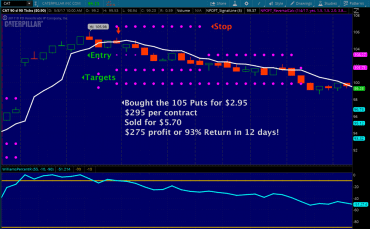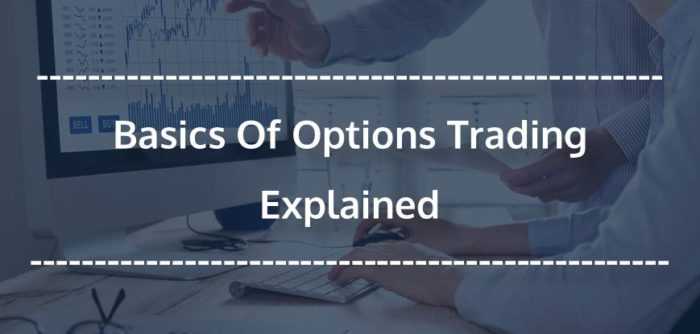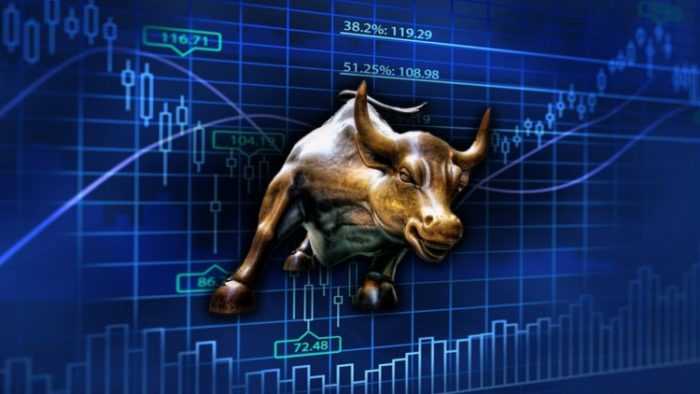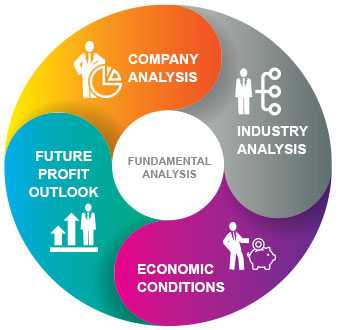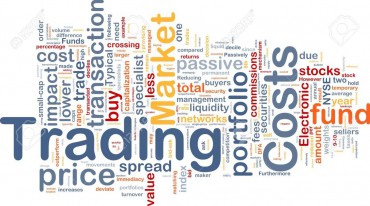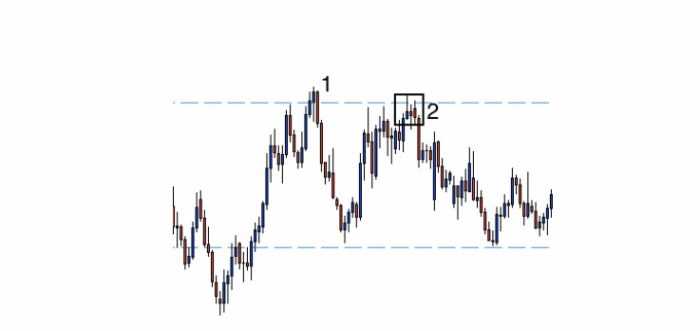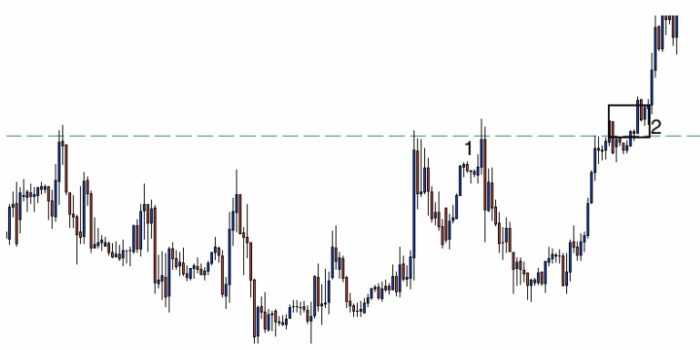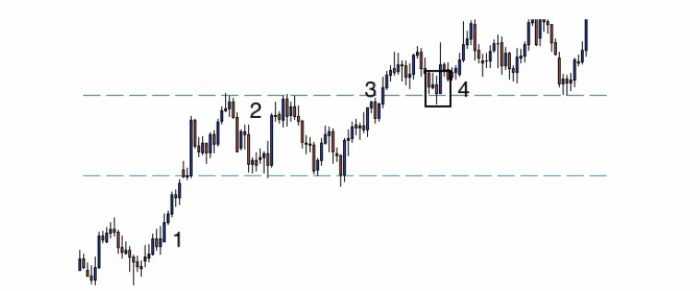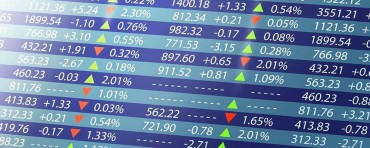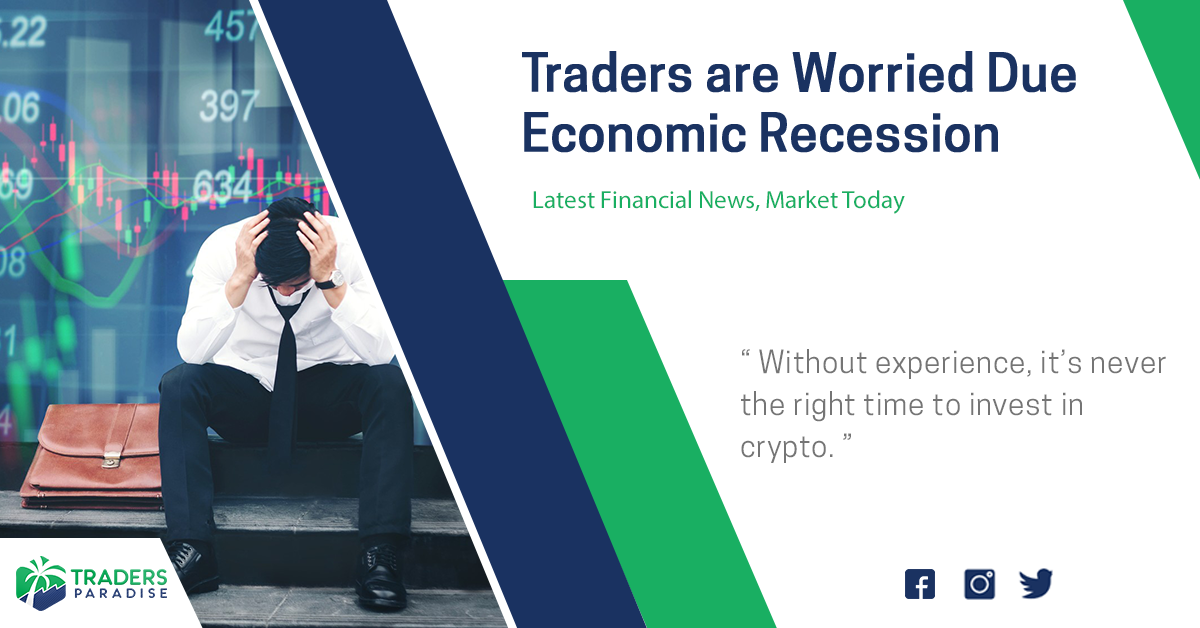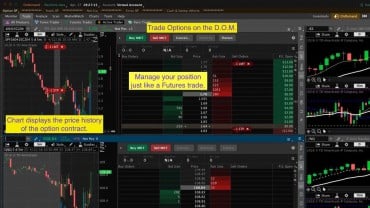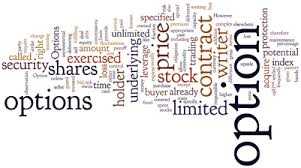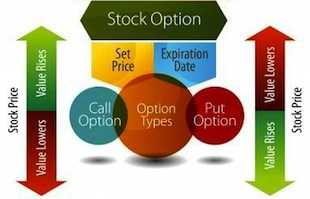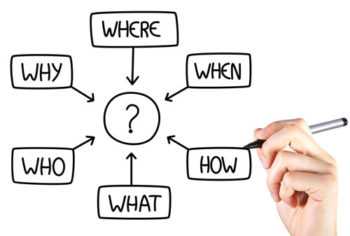
Here you’ll find a full explanation on how to research stock.
By Guy Avtalyon
This is the main question: how to research stock? Investors have a name for all types of research, one of them is fundamental analysis. Fundamental analysis involves looking at numbers and other measures in a company’s financials as well as assessing the less tangible aspects of a business.
This approach can help you decide whether a stock deserves a spot in your portfolio. Pick a company you’re interested in. Read current and past annual reports and letters to shareholders. Collect the numbers and financial ratios and compare the company’s performance history to the industry and its rivals. Then work through the list of qualitative questions.
How to perform a technical analysis
Technical analysis is a way to understand market psychology or what are investors’ feelings about a company, which are manifested in the stock prices. Also, technical analysts are mostly short-term holders, concerned about the timing of their buys and sells. If you can identify a pattern, you could have a chance to predict when stock prices will fall and drop.
This is useful in how to research stock because it can inform you about when to buy or sell certain stocks.
The technical analysis makes use of moving averages to track security prices. Moving averages measure the average price of the security over a given period of time. This helps traders to easily identify trends
Use patterns as a tool on how to research stock:
Patterns include known price boundaries in the market price of a stock. The high boundary is known as the “resistance.”
The low boundary is called “support.”
Recognizing these levels provide a trader to know when to buy (at resistance) and when to sell (at support). And there are some specific patterns that are also noticeable in stock charts.
The most usual is “head and shoulders.”
This shows a top price then drops, followed by a higher peak then drops. And eventually follows a peak alike in height to the first. This pattern indicates that an upward price trend will end.
There are also inverse head and shoulders patterns, which mark the end to a downward price trend.
What is the difference between a trader and an investor?
An investor search for a company with a competitive advantage in the marketplace that will provide sales and earnings growth over a long period. A trader tries to find companies with a price trend that can be utilized in the short-term.
Traders typically use technical analysis to identify price trends. Investors typically use fundamental analysis, because they are focused on the long term. The decision, will you be a trader or investor, will determine you how to research stock.
What orders do traders use?
Orders are what traders use to describe the trades that they want their brokers to make for them. There are a lot of different types of orders.The simplest type of order is a market order, which buys or sells a set number of shares of a security at the prevalent market price. A limit order buys or sells a security when its price reaches a decision point. For instance, placing a buy limit order on security will order the broker to only purchase the security if the price fell to a some defined level.
This allows a trader to specify the maximum amount willing to pay, a limit order guarantees the price the trader will pay or be paid, but not that the trade will happen.
Stop order tell the broker to buy or sell a security if the price rises above or falls below a certain point. But, the price that the stop order will be filled at is not guaranteed because it is the current market price.
What is short selling?
Short selling is when a trader sells shares of a security that they do not yet own or have borrowed.
It is typically done with the hope that the market price of the security will fall. As a result, the trader can buy the shares at a lower price than sold them for in the short sale. Short selling is useful to exit a trade in profit or to hedge against risk. But it is very risky.
This should only be done by experienced traders who understand the market thoroughly.
What matters is developing greater self-confidence and knowing the limitations of what you can really learn and find out.
Also, there is a combination of stop and limit orders called a stop-limit order. When the price of the security passes a certain level, this order specifies that the order becomes a limit order rather than a market order as it does in a regular stop order.




